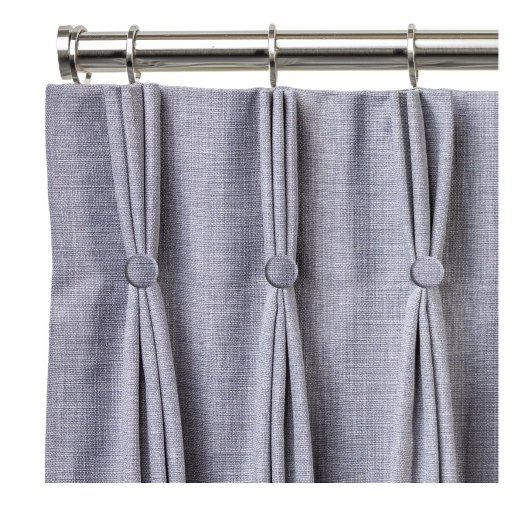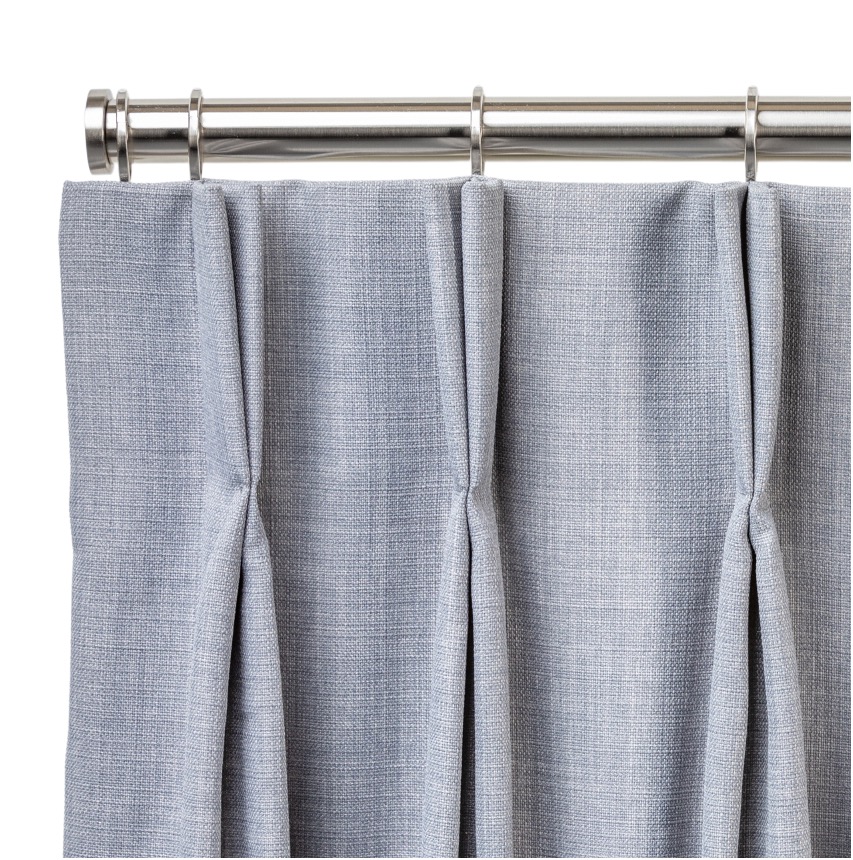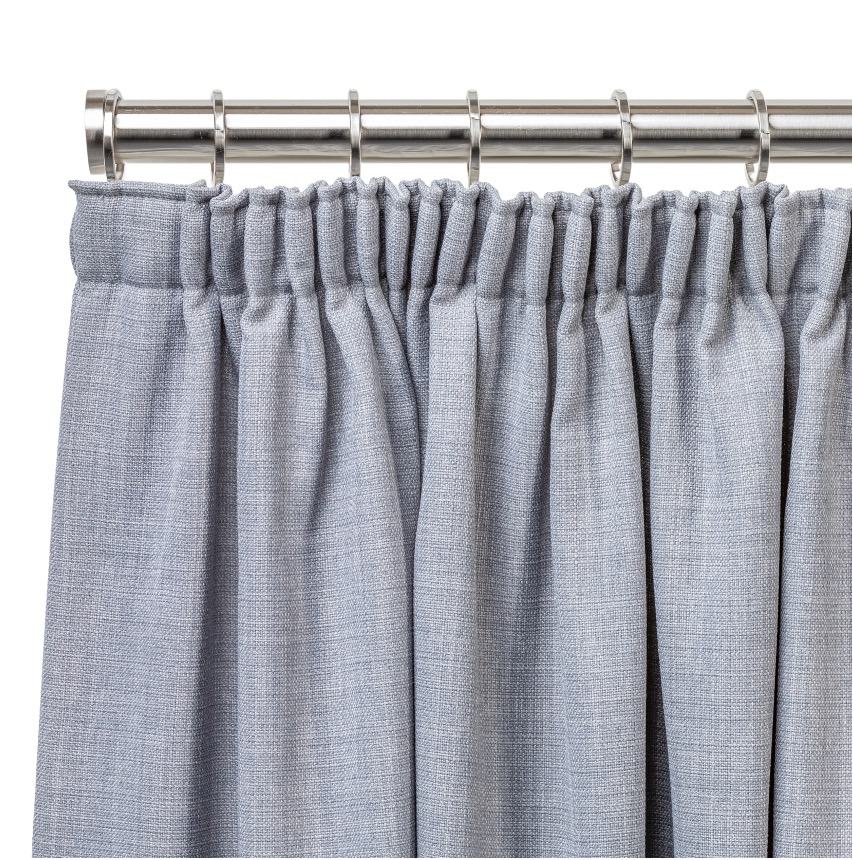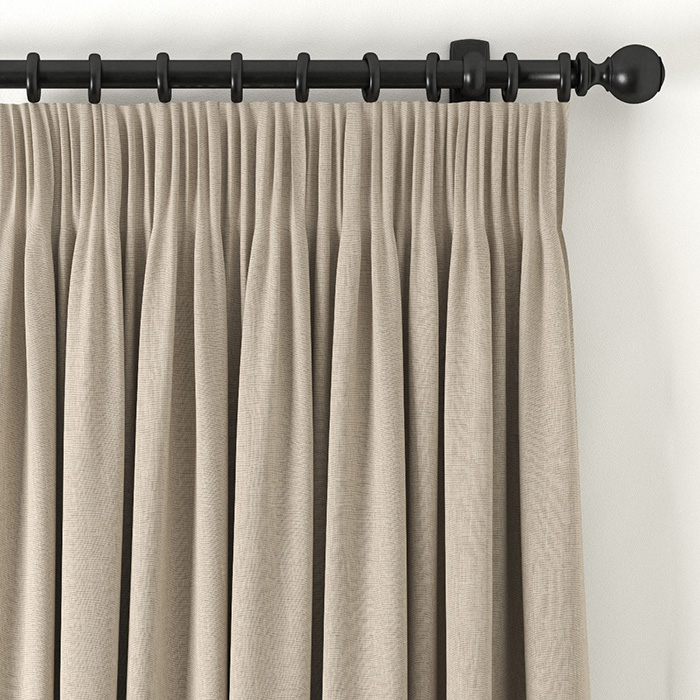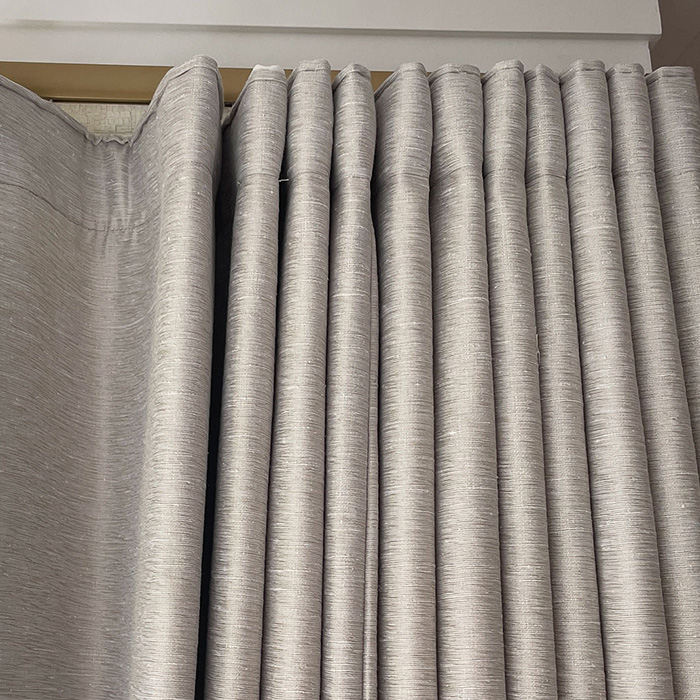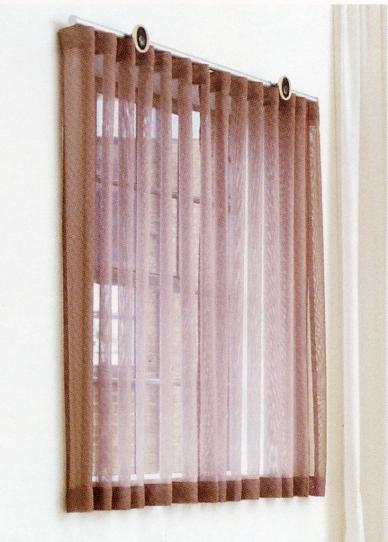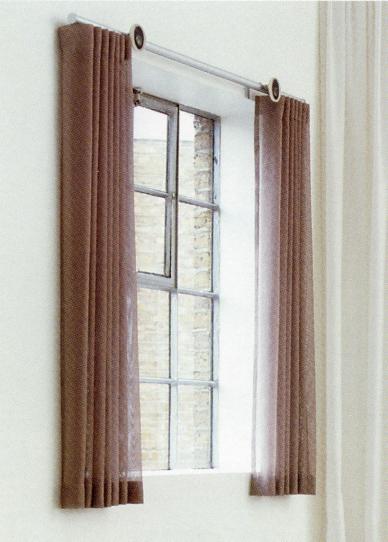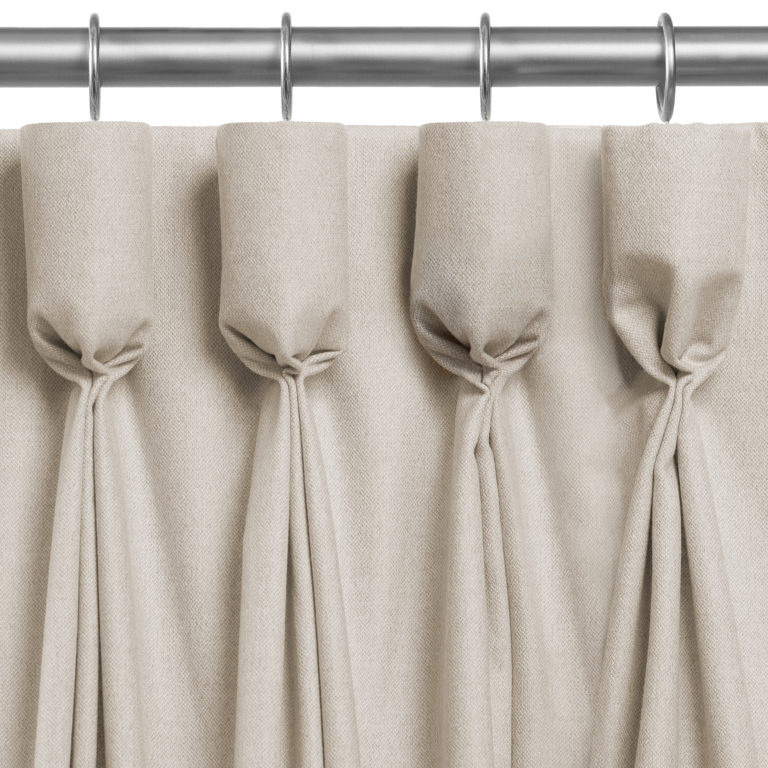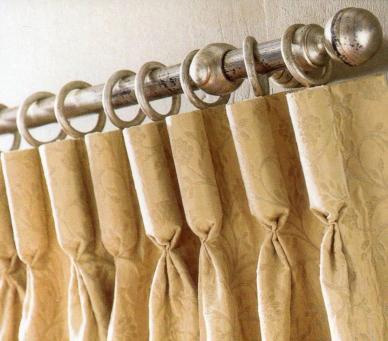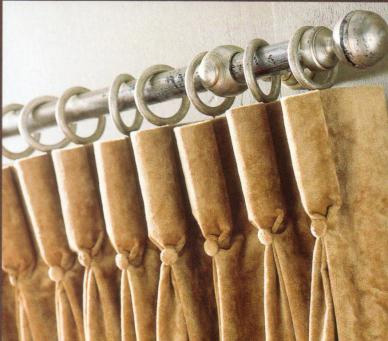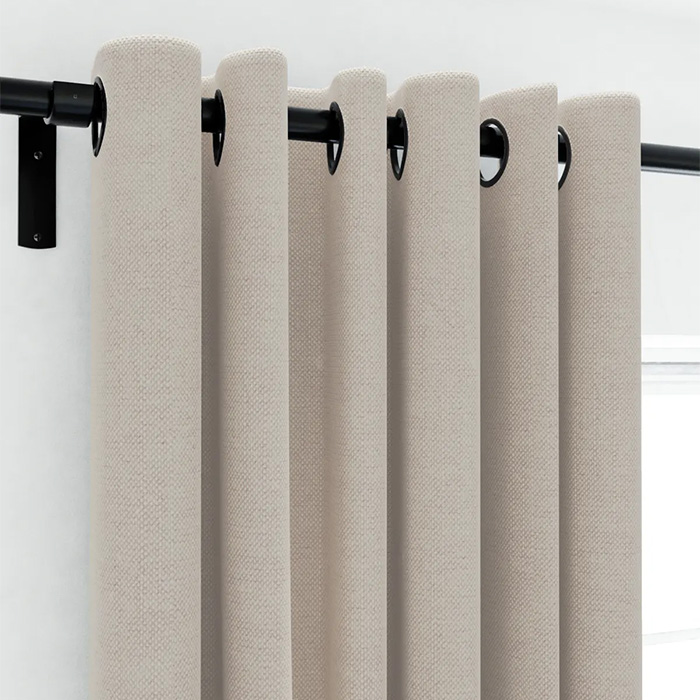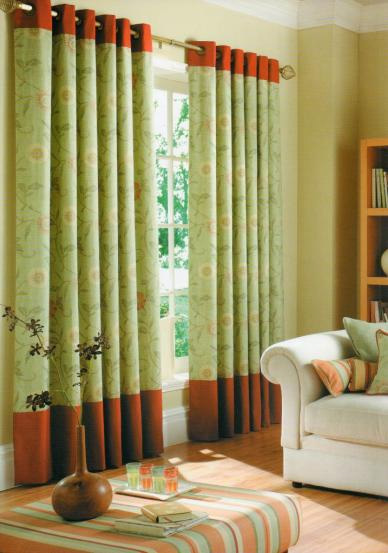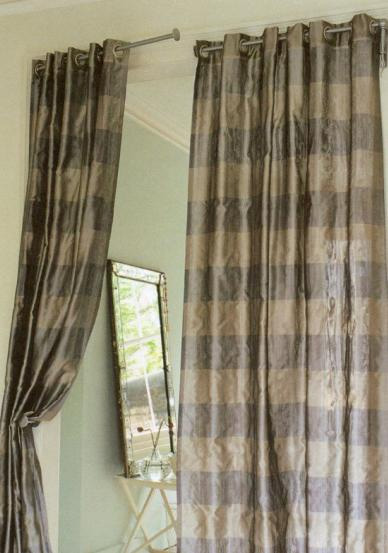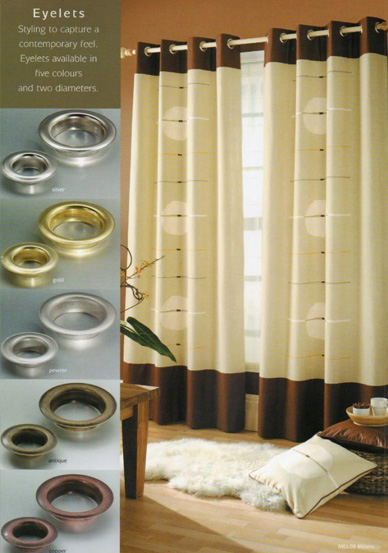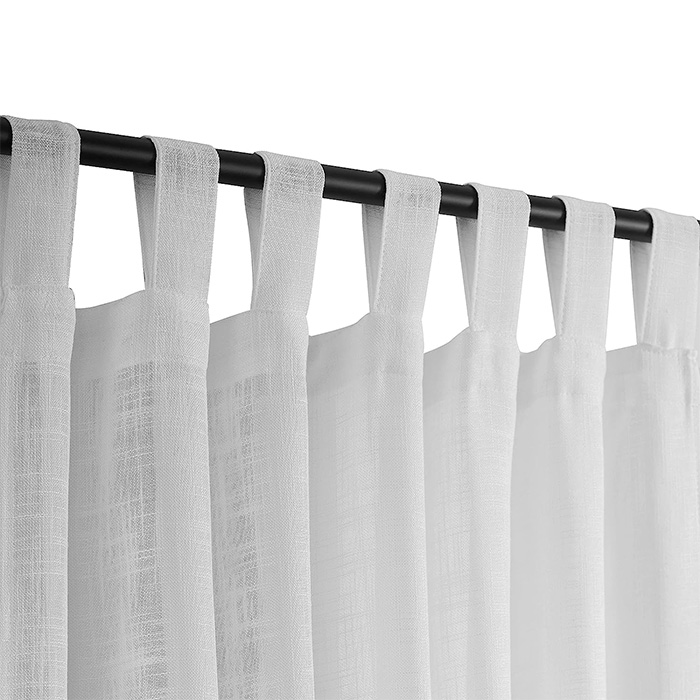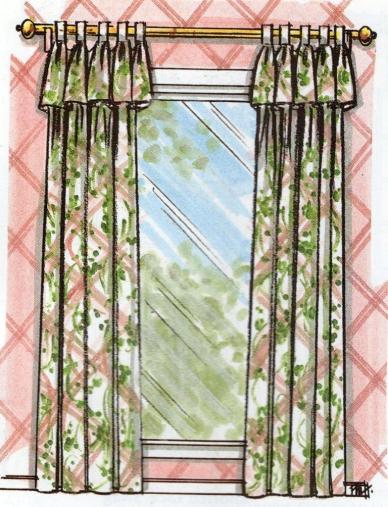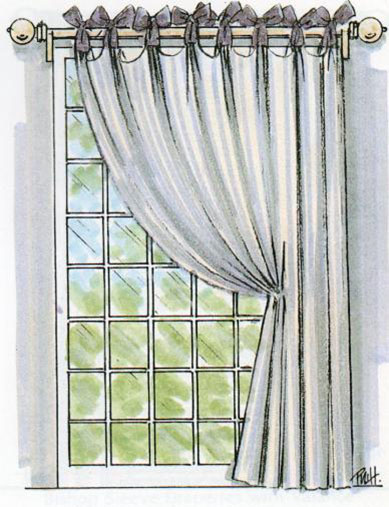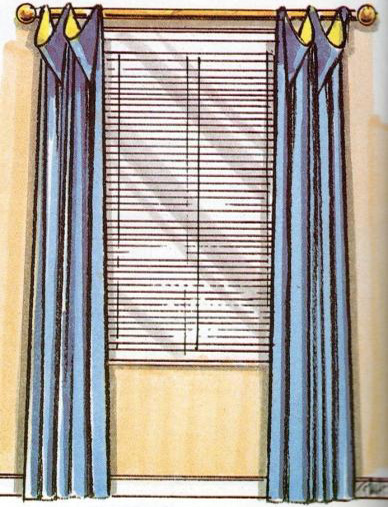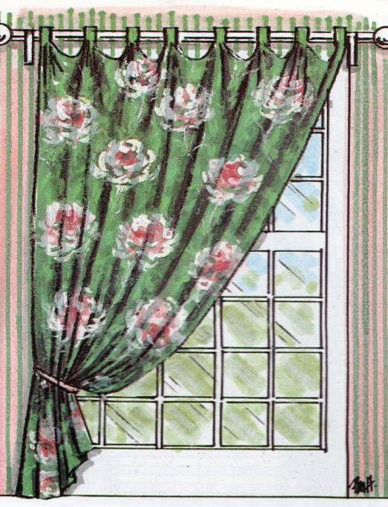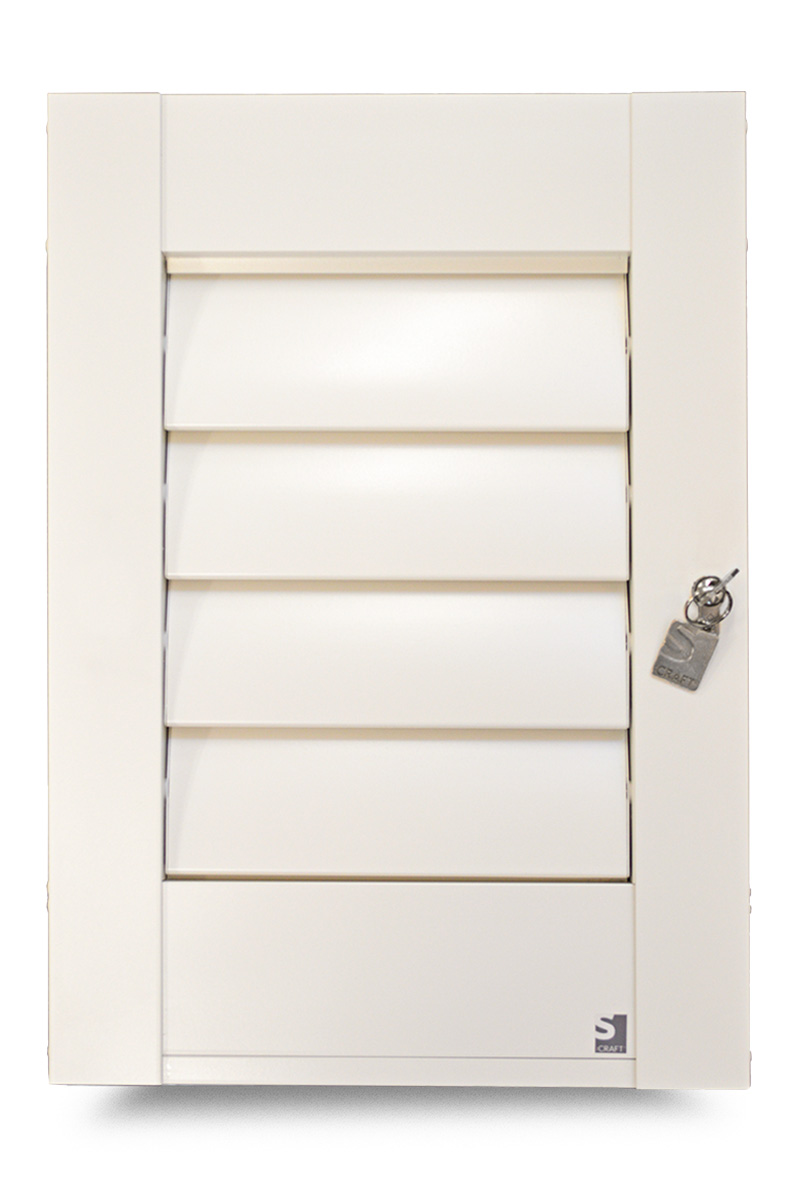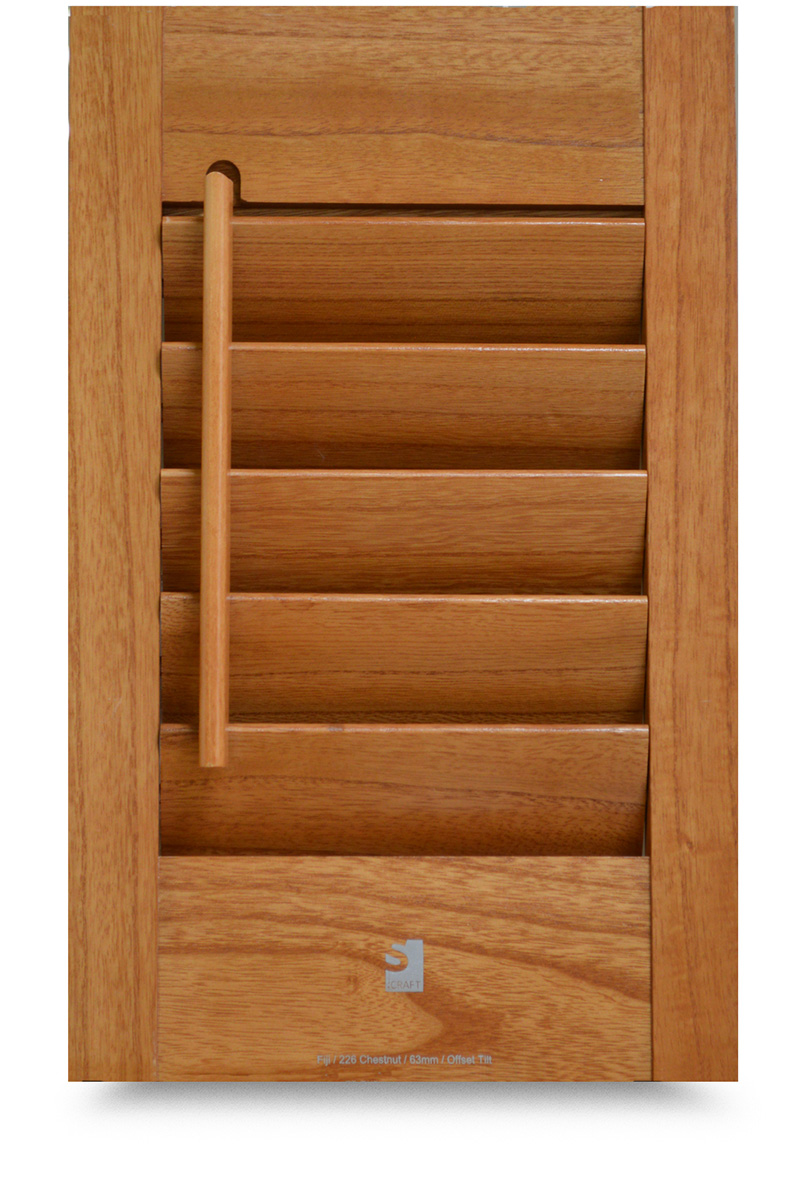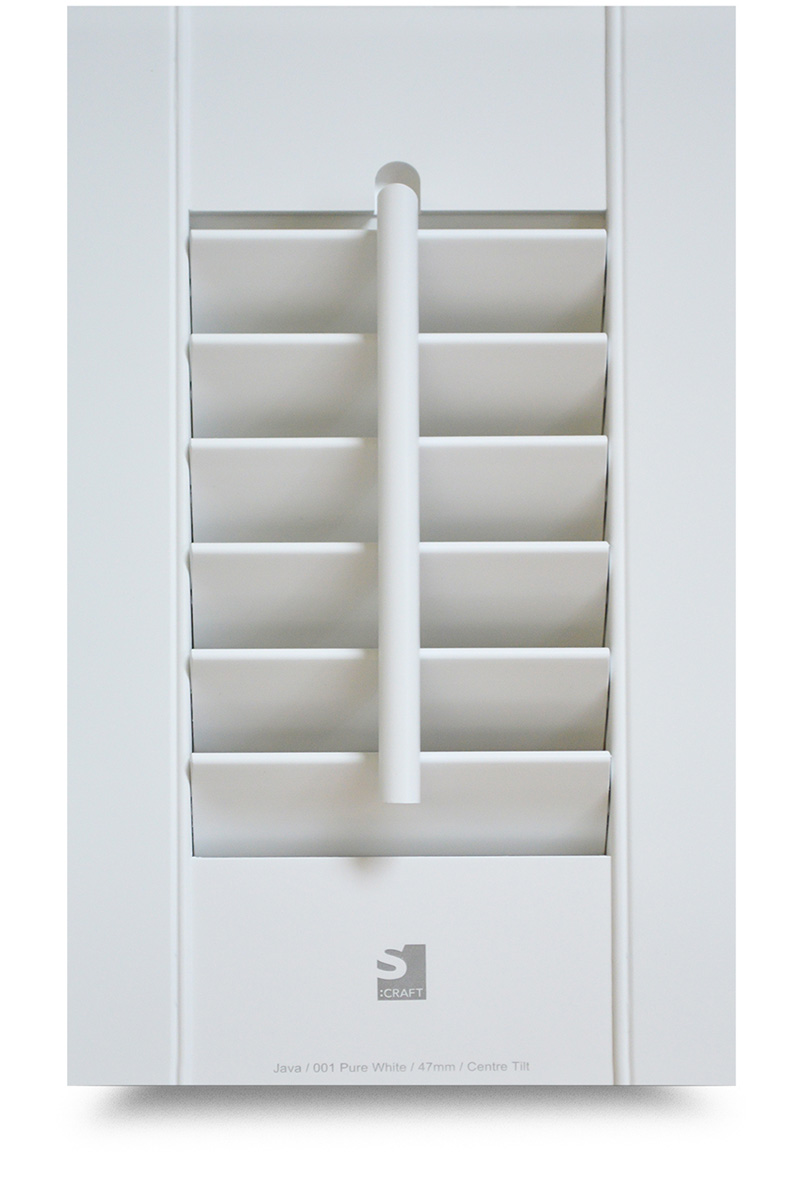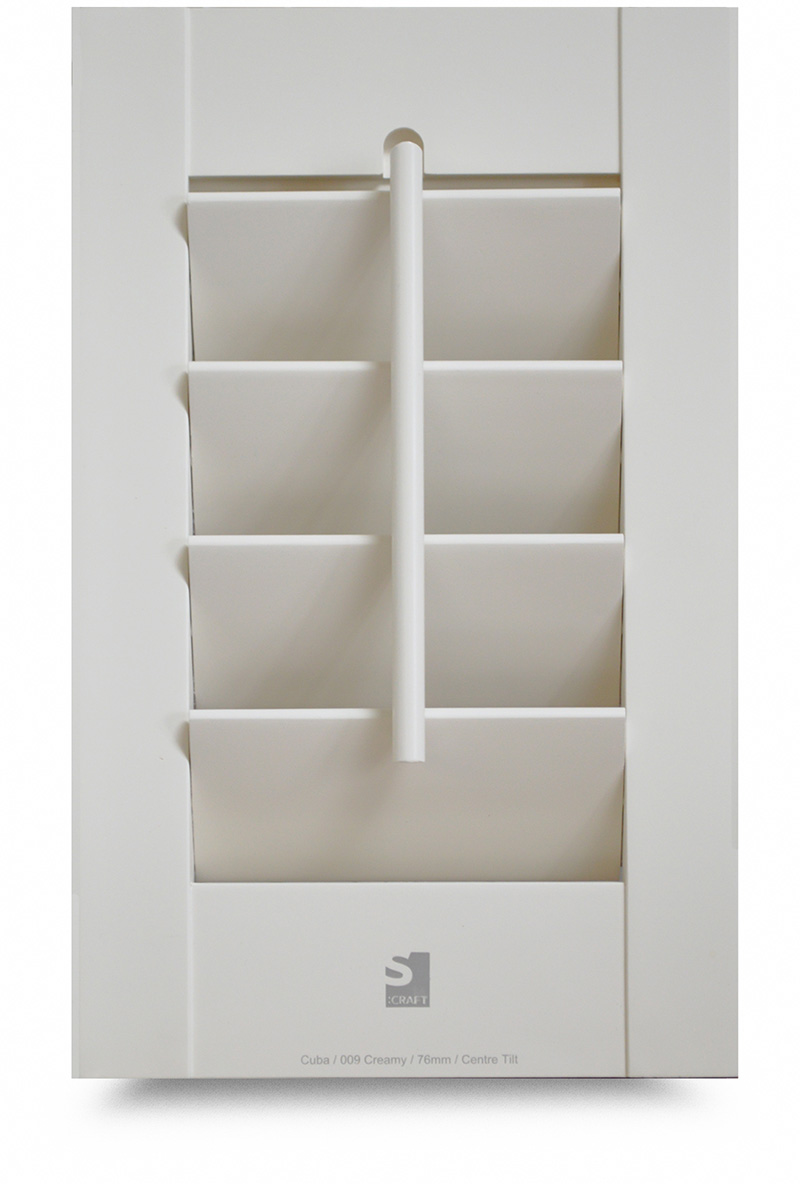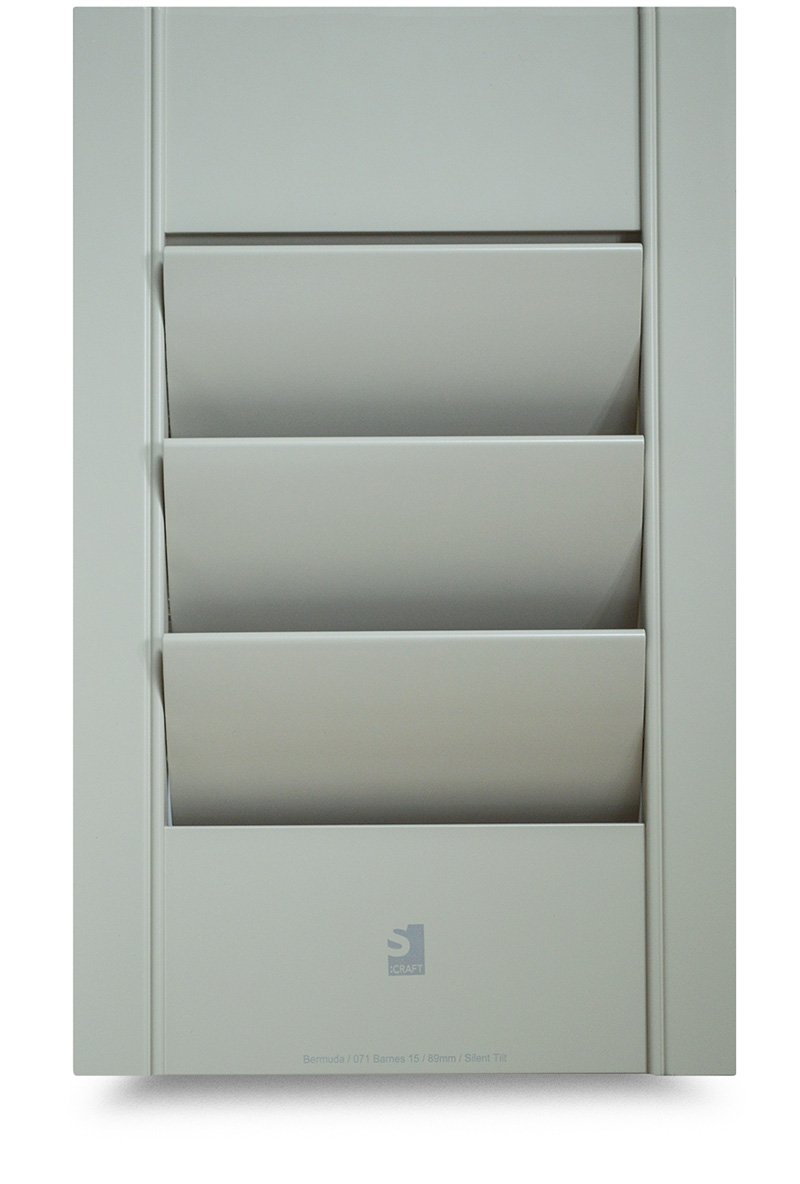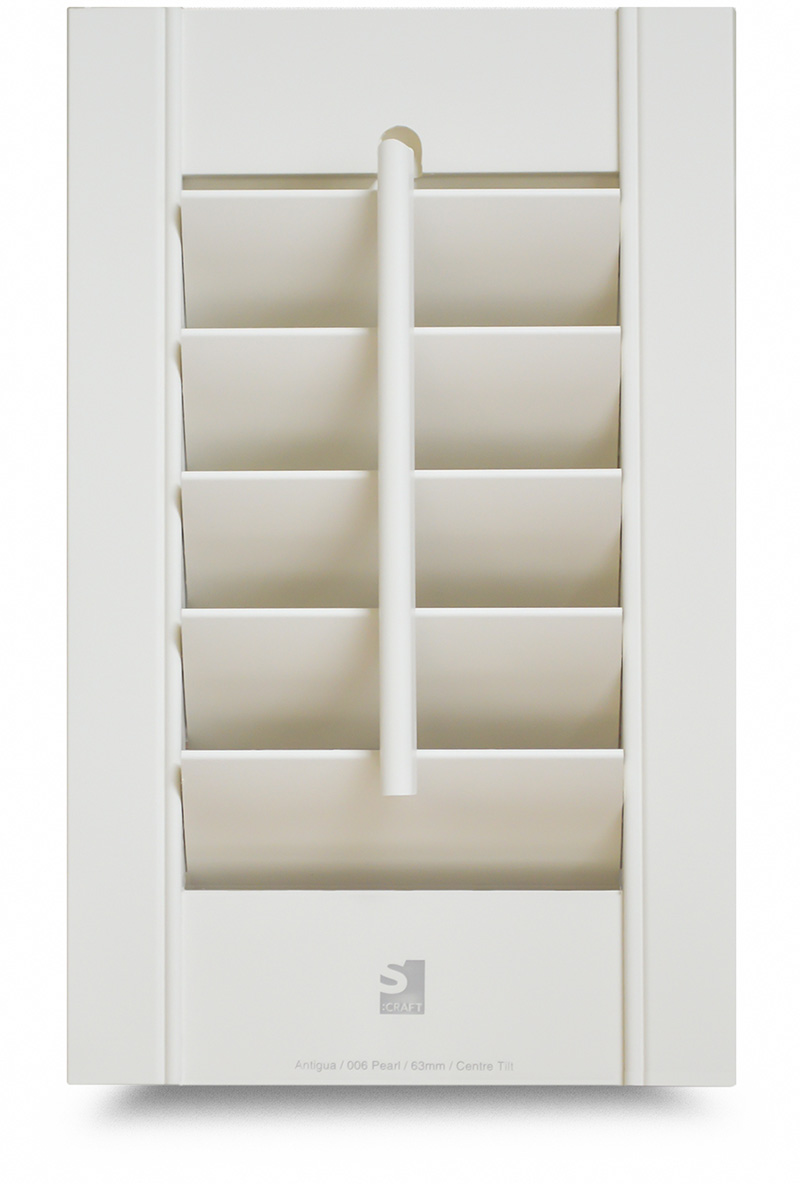How to measure for a blind
You will need a steel tape measure, which is generally more accurate than a wooden ruler or cloth tape measure, a notepad and pen and you may need a step ladder but for Bay windows you will also need a Pencil and a Ruler. The first thing you need to do is decide whether you want your blinds inside the window recess or whether you want your blind on the outside of the recess to cover the window entirely.
Now check if there are any obstructions inside or outside the window recess where the blind will hang, for example look out for handles, part tilling, or windows that open inwards and avoid them, If you need advice, call us or even send us a digital photo.


What does it mean = Terms of use
- The Recess is the plaster or wall area around your window.
- Blind size is the size you want your new blind made too!
- Face Fix or Top Fix? - Face Fix is to the Wall whilst Top Fix is to the Ceiling.
- If you want your blind to fit inside the window area, then this is called inside the recess.
- If you want your blind to fit outside the window area, then this is called Outside the recess.
- If you want your blind to be made to an exact size, then order as Blind Sizes.
What is the child safe legal measurement?
The Child safe law was introduced to stop the Death of children from Blind cords, therefore you have to take the Child safe measurement by Law.
Go to www.gov.uk/government/news/new-blind-cord-safety-campaign for more information.
How to do this
Measure from where you want the TOP of your blind to be installed, down to the floor. ignore anything that may be in the way, for example radiators or furniture.
If measuring for kitchen or bathroom blind, then ignore the Bath or kitchen worktop, the measurement has to be from the Top of the blind to the floor.
Inside recess size
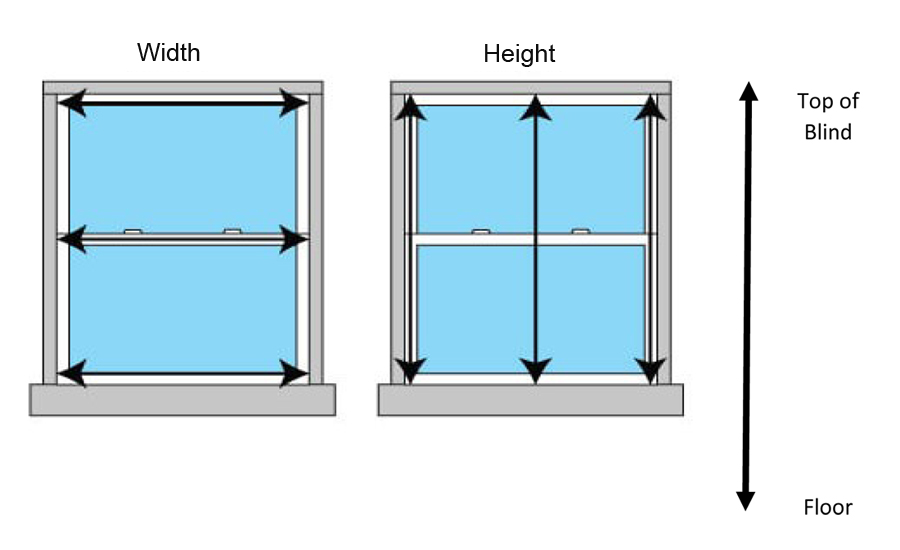

Step 1
Start with the Width Measurement
Measure 3 times, at the Top, Middle and Bottom for the Width.
Step 2
Then Take the Drop Measurement
Step 3
Then Take the Child Safe Measurement
Step 4
Enter in the smallest measurements you took for the Width and Drop
We will then deduct 1cm from the overall sizes to create the Inside Recess Sizes.
Outside Recess Sizes
If you want your blind to fit outside the window, to cover the entire window area, then this is called Outside the recess
Measure as Above but add on 10cm to the width and Drop Measurements
If you have a wooden baton above the recess, we advise you to measure this as your Blind width and from the top of the baton to where you want the blind to finish as your Blind drop and don’t Forget to take the Child Safe Measurement as advised above.
Blind sizes
If you want your blind to be an exact size, then order your new blind as Blind Size.
If you choose Blind Size, we will use your measurements as the Total size of the blind which includes the brackets and mechanism, but the fabric part of the blind will be smaller than the sizes you provide. The amount the fabric differs, varies depending on the type of blind ordered.
Blind Size is Important when measuring for Bay Windows or if you want the Blind to fit inside an obstruction.
Bay windows
If you have a bay window, then you must order your new blinds as BLIND SIZE.
Whether you’ve got a square ‘box’ style or angled bay window, we’re here to help you get the right measurements to ensure your new blinds fit perfectly.
With bay window blinds, the measurements you need to take differ for the type of blind you’re looking to install, we list the different headrail Depth measurement allowances by blind type below.
Our handy guide makes measuring for your square box or angled bay window blinds simple, but as always, get in touch should you have any queries.
Establish which type of bay window you have from the example picture. There are many types of Bay Windows, so don’t worry if you don’t see your exact window in the picture as the measuring principle is the same.

Measure how far the Window Handle projects OUT from the Window FRAME and then transfer this measurement onto your note pad.
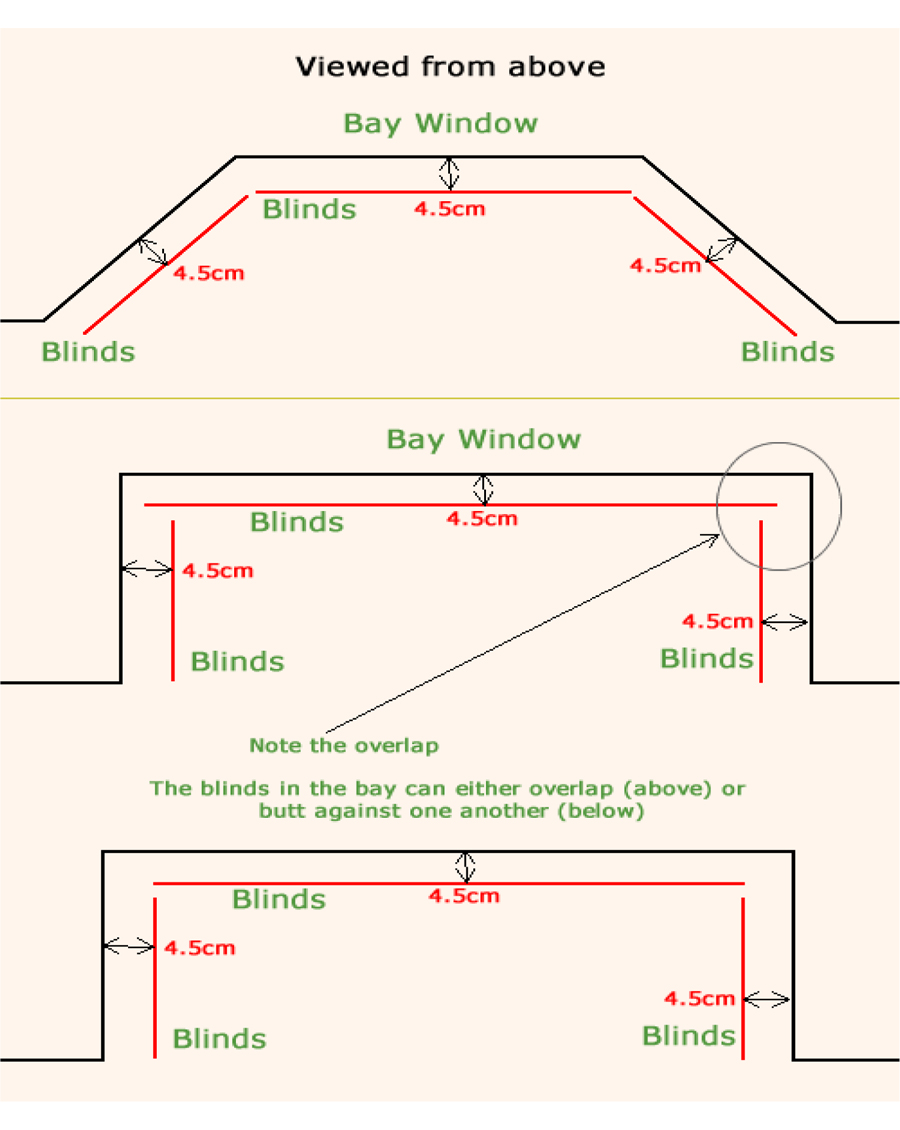

Roller blinds
| Blind Width | Face Fixing Bracket Depth |
| Roller Blind under 200cm wide | 60mm |
| Roller Blind over 200cm wide | 80mm |
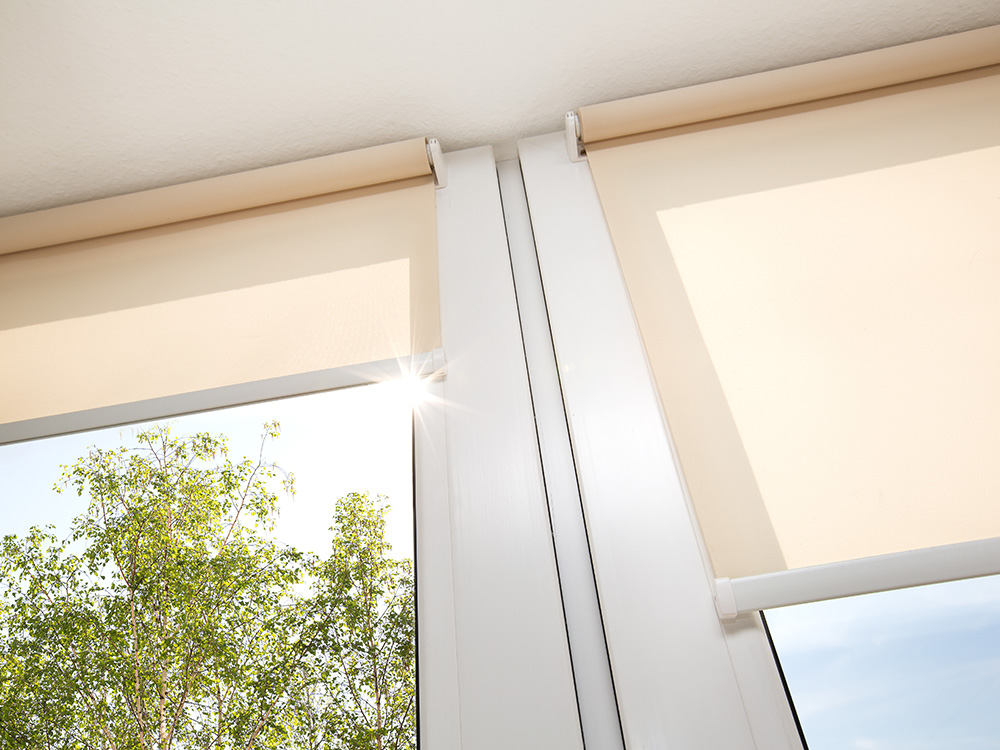

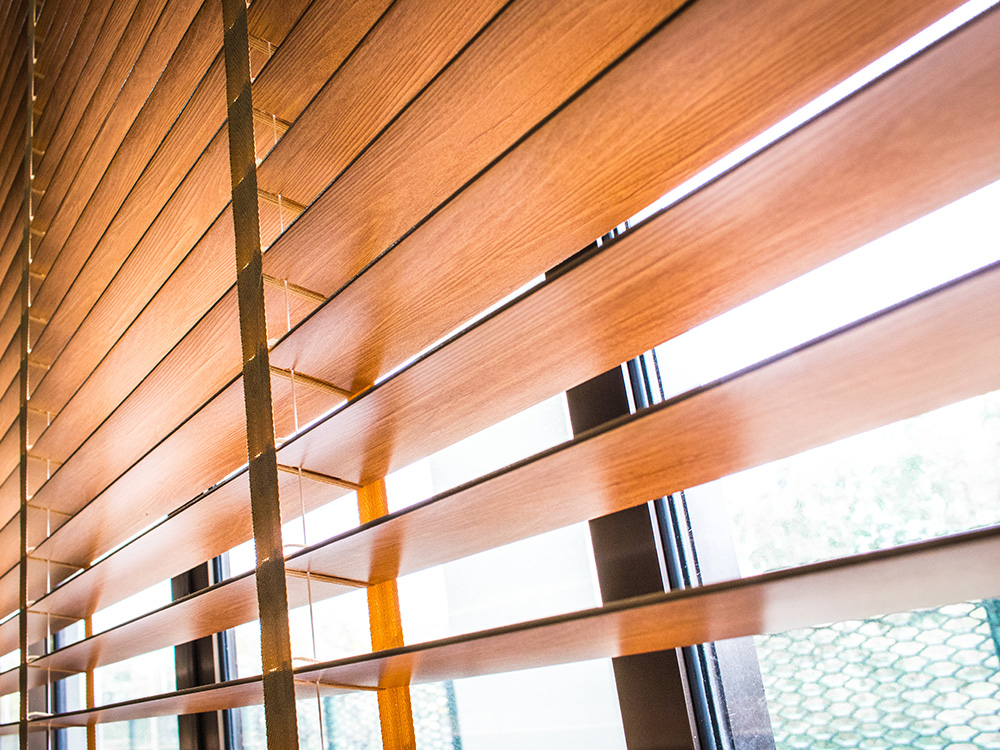

Wooden blinds
| Slat Size | Rail depth |
| 50mm slat wooden blind | 70mm |
| 35mm slat wooden blind | 42mm |
Vertical blinds
| Slat Size | Rail depth |
| 90mm Vertical Blind Slats | 70mm |


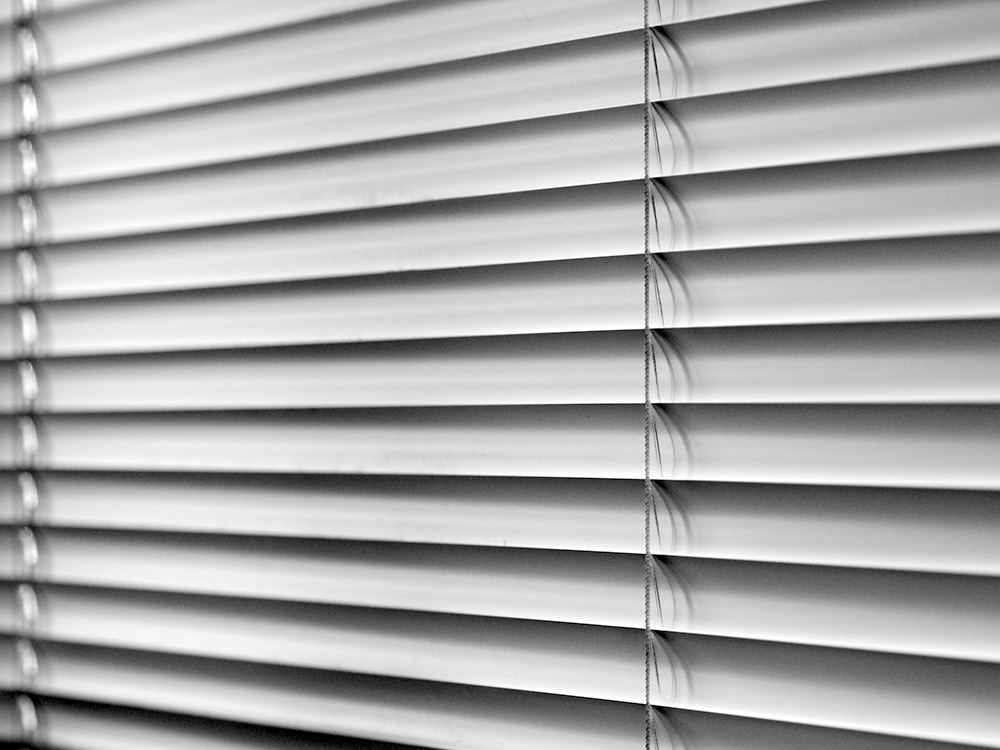

Metal Venetian blinds
| Slat Size | Rail depth |
| 50mm slat wooden blind | 70mm |
| 35mm slat wooden blind | 42mm |


Roman blinds
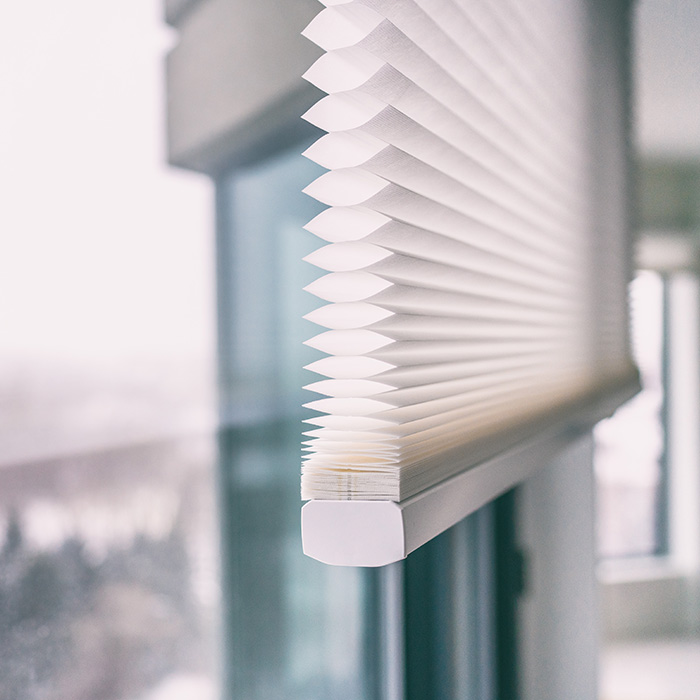

Pleated blinds
Step 5
Creating the angles Using A4 card or A4 paper
Using A4 card or A4 paper, you need to create two templates to represent the bracket projection of your blinds and the previous measurement you took for the Window handle projection. Add the two sizes together and Measure and Mark a line on the Paper of the Sizes you need as previously mentioned and then Cut out, along the lines, two ( 2 ) Identical pieces. These now represent your bracket and window handle projections. Now Place them onto the window sill so that they touch the window frame. One on the left side and one on the right of the angle and slide them towards each other until the points or corners of the papers meet. They should not overlap.
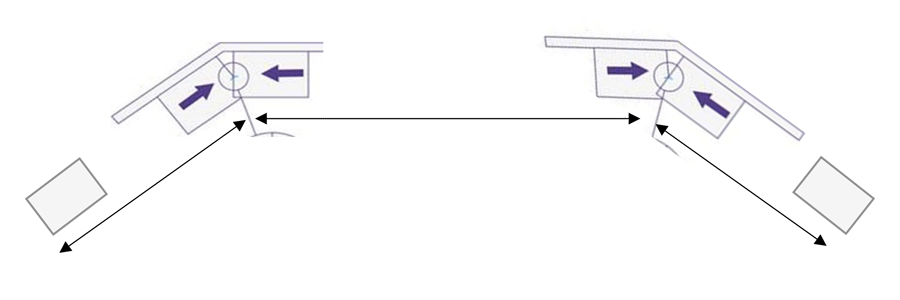

Step 6
Now repeat this process for each corner within the bay window.
Step 7
Measuring the drop
For all options, you simply measure from the top of where the blind will be fitted normally the underside of the ceiling, to the window sill or wherever you wish the blinds to hang to. Then just deduct a little from your given size for clearance allowance. normally 1cm
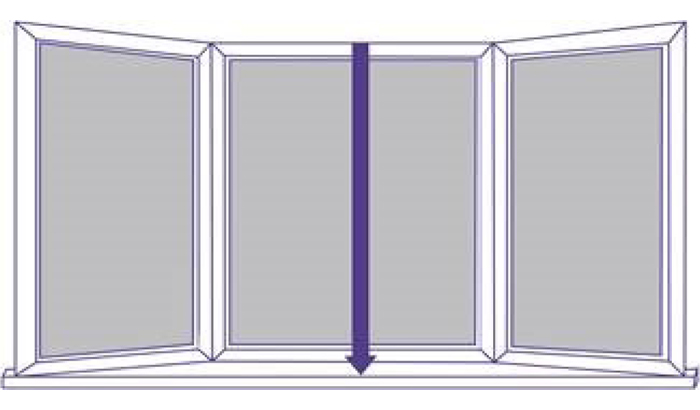

By now, you'll have all the measurements you need to order blinds for your angle bay window - just remember to order blinds as BLIND sizes.
Professional measuring service
If you are unable or unsure on how to measure, then don’t worry, you can take up our Professional Measuring Service.
Contact us for the cost of this service, as it depends upon how far away you are from our head office.




